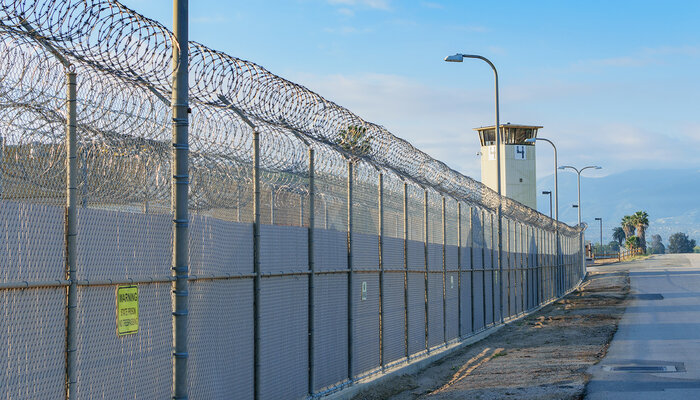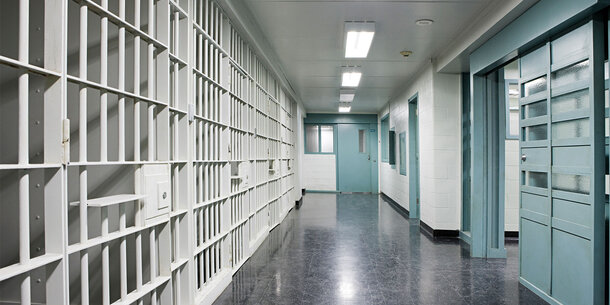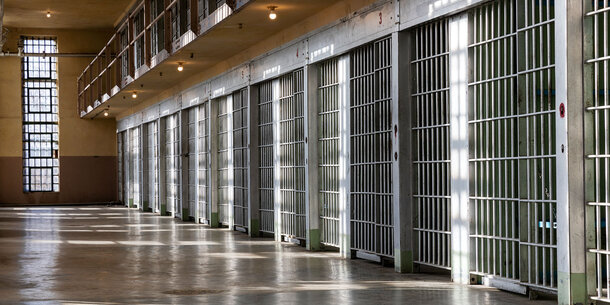This piece originally appeared in Newsweek.
We are at yet another crossroads over criminal justice reform. In the past year, states with Republican and Democratic governors have enacted common-sense reforms to disrupt the cycle of crime and incarceration, make our system fairer, and our communities safer. But at the same time, some states are reversing course and returning to “tough-on-crime” approaches despite all the evidence showing the failures of our overreliance on imprisonment in the United States. We must not go backward.
In 2017, Louisiana—under Democratic Gov. John Bel Edwards—enacted a series of bipartisan laws considered to be the most comprehensive criminal justice reforms in the state’s history. Among the changes, the laws expanded probation and other alternatives to prison, raised the felony theft threshold to $1,000, expanded parole eligibility for some convicted of committing violent crimes—and for nonviolent crimes—and removed some barriers to reentry.
This year, the Louisiana state legislature—in a legislative special session on crime—repealed the 2017 Raise the Age Bill, allowing courts to now try 17-year-olds as adults. This is despite research on brain development that illustrates that the human brain is not completely formed until the age of 25, so decision-making abilities of young people aren’t fully mature until then. And nearly all people convicted of crimes after July 31 of this year in Louisiana will be ineligible for parole except for a small subset, specifically juveniles who receive life sentences. The legislature also increased the amount of time someone needs to serve before being released for good behavior, from 35 percent of the sentence to 85 percent.
Louisiana is not alone. In February, Georgia’s state legislature passed Senate Bill 63, which would restrict the number of times that people and groups—such as bail funds—can pay bail, and for how many people per year. The legislation would also make it a misdemeanor to post bail in violation of this restriction and reduces the number of bail eligible offenses, which will likely increase pretrial jail populations. To date, Republican Gov. Brian Kemp has not publicly said whether he will sign the bill. And in Oregon, the state legislature effectively reversed Ballot Measure 110, an effort in 2020 to decriminalize drugs, including possession of small amounts of illegal drugs such as heroin, cocaine, and methamphetamine—and to expand treatment and other social supports. The new bill—House Bill 4002 – would revive penalties for possessing those drugs and others—and comes with a potential six-month jail sentence. Governor Tina Kotek issued a statement that she intends to sign the bill.
We all care about having safe communities, which is why it’s critical to avoid repeating our past mistakes and instead support policies that reduce unnecessary incarceration. The unfortunate irony is that America’s experiment with mass incarceration doesn’t produce public safety—and prison sentences are far too long. Brennan Center research indicates that 40 percent of those in state and federal prisons don’t need to be there for any public safety reason. And we know we can reduce crime and incarceration together. A 2017 study found that 19 states (including Georgia and Louisiana) reduced both imprisonment and crime from 2000 to 2015. Similarly, in the decade from 2007 to 2017, 34 states reduced imprisonment and crime rates simultaneously. And the good news is that crime appears to be decreasing; in fact, violent crime has declined nationally since spiking in 2020.
The United States can and must learn from the failure of mass incarceration. For the past few years, 41 of the top minds in criminal justice have worked with our team at the Brennan Center for Justice on an essay collection, Excessive Punishment, which reckons with what the system has historically gotten wrong. Many of these authors highlight ways to improve public safety while advancing reforms that respect human dignity, do not exacerbate conditions of poverty, and promote healing and racial justice. We can do this by removing guns from our streets, building crisis response systems to address mental health and substance use, reducing prison sentence lengths, diverting some people from incarceration entirely, investing in after-school and other youth programs, and through other proven interventions.
Despite some reductions in correctional populations over the past decade, nearly 2 million people are still behind bars: the United States has the highest incarceration rate of any country in the world. Our communities must address violence and harm. But we need to prioritize reducing crime in ways that are fair, just, practical, and don’t imprison people needlessly.






